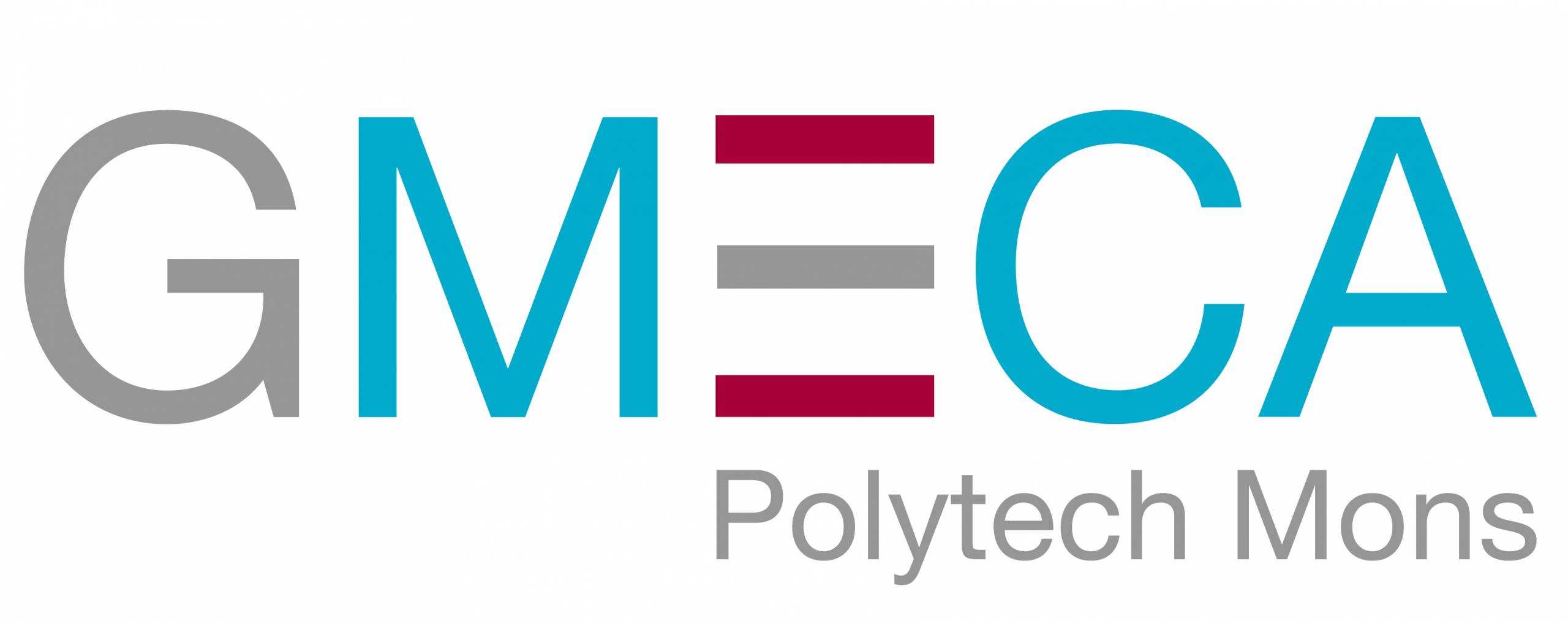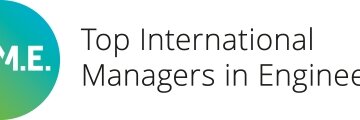Nithyaraaj Kugalur Palanisamy’s PhD Public Defence
A Framework for the Inverse Identification of the Material Constitutive and Friction Models for the Finite Element Modeling of Machining via Optimization Methods.
Promoter: Prof. François Ducobu
Copromoter: Prof. Édouard Rivière-Lorphèvre
The objective of this research work is to develop a numerical framework to inversely identify the two main inputs influencing the results of a Finite Element (FE) model of orthogonal cutting of metals: the parameters values of the material constitutive model and the value of the friction coefficient.
In this research work, an automated program was established to perform a FE-based optimization procedure for the inverse identification of parameters values of the material constitutive and friction models. Optimization of the parameters of both the constitutive model and the friction model is carried out by considering the cross-link between them. The FE-based optimization procedure aims to provide a predictive FE model for the orthogonal cutting simulations. This inverse identification procedure delivers potential data of better quality, which reduces the expensive experimentation cost that gives limited data for the parameters of the Johnson-Cook constitutive and Coulomb’s friction models.
An Artificial Intelligence (AI) framework involving an ALE model and a Machine Learning (ML) model based on the surrogate-assisted optimization procedure is built to inversely identify the parameters values. The Ti6Al4V titanium alloy was selected as a work material to demonstrate its applicability. A single-objective optimization approach considering a single cutting condition and a multi-objective optimization approach considering multiple cutting conditions are investigated and their usability is discussed in detail. The investigation demonstrates that the parameters values of the Johnson-Cook constitutive model and the Coulomb’s friction model identified by the implemented optimization procedures improve the prediction accuracy of the FE model for the orthogonal cutting process by more than 32% by comparison to the best set of parameters identified in the literature. This corresponds to a difference of less than 4% between the experimental and predicted forces by the multi-objective optimization model requiring only 17 days of computation with 6 cores of an i7-10700 CPU @2.90 GHz with the memory of 16 GB.



